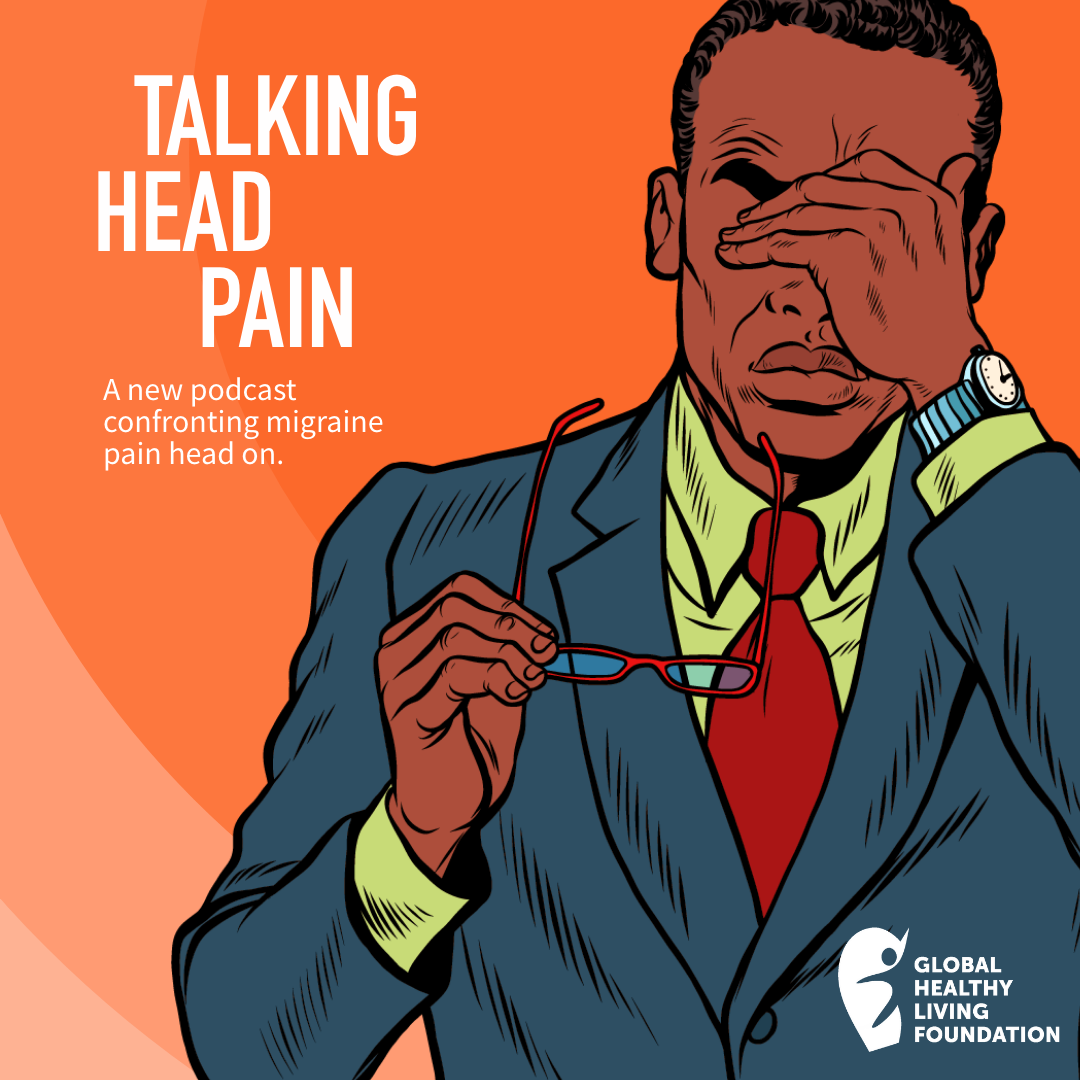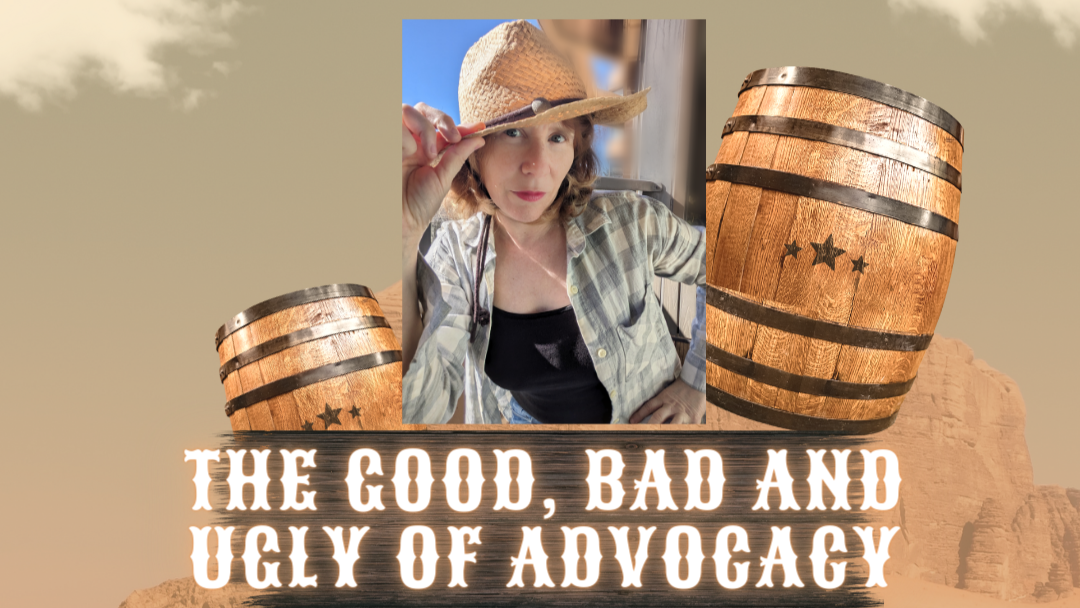“Look how small the sailboats are,” said my father, pointing out the window as the plane angled into the sky. He didn’t notice that I had an iron grip on the armrests of my seat, having no wish to look down on the disappearing surface of the earth. I was 11 years old, and it was my first time on an airplane. It was also the last moment I was ever scared of flying — looking out the window at those tiny white sails on the blue ocean near Copenhagen cured me of the fear and flipped me right into the excitement of travelling.
Since that first flight to Greece, I have loved the feeling of an airplane taking off and the adventure of visiting places that are new to me. Spending days walking (in my wheelchair) through a city I don’t know, photographing unfamiliar architecture, trying to make myself understood to residents who speak a language I don’t understand, people watching, and trying new foods… It is a multi-sensory joy. I travelled for years, throughout Europe and North America, and treasure the memories, photos, and stories from each trip.
Close to 20 years ago, I went through a life-altering flare of my rheumatoid arthritis (RA). A biologic medication finally controlled the inflammation and changed my life for the better. But that flare left permanent damage and among its victims was my ability to travel.
In fact, it took a long time to regain the ability to travel outside my immediate neighbourhood to other parts of the city of Toronto. I haven’t been on a plane for over two decades and have not travelled more than 30 km from my home.
Adjusting to the Loss of Travel
At first, I was too busy recovering and embracing life again after spending so long lost in the fire of an RA flare. I knew it would take time to heal, time to regain what I had lost. It was a few years before it dawned on me that I probably wouldn’t be able to travel, possibly ever again.
To never again research a destination and make exhaustive (and exhausting) plans for daily adventures, to pack my suitcase and then remove half of my clothes to create room for souvenirs. To never again feel the exhilarating force of take-off, that first deep breath of the air in a new place with its unique scent, or to eat exciting food prepared by locals.
The loss of a much-loved part of my life was difficult to face. For me, travelling was part lifestyle, part identity. I had a list of places I still wanted to go. There were tears and a few moments of railing against fate, but then I decided to not get ahead of myself.
Although my healing progress was slow, I was regaining the ability to do some of the things I had lost, and I was filled with joy simply from being alive and in less pain. I had been so sick that, in contrast, my little life seemed enough. I decided to lead with hope instead of loss and instead of seeing travelling as something I couldn’t do anymore, I reframed it by saying, “I can’t travel… at the moment.”
I have lived with RA for more than 50 years and know that it ebbs and flows. Sometimes, it takes over your life, and other times, it simmers in the background, sometimes for years. Taking a wider look at my life, one that spanned years and decades into the future, made me realize that there is no way to predict what I am capable of in a year or two or 10 down the line. The ability I have lost may be gained again, but until that happens, I still have a life to live.
Finding New Adventures
I still have a life to live. That sentiment is so important that it deserves repeating. Unless you have a lot of money or travel for work, taking a trip is something you do for just a few weeks a year. In other words, most of life happens when you’re not travelling. As I got better, ever so slowly, and explored my neighbourhood and the city, I discovered adventures in the everyday.
On my days off, I walk through the city with my eyes up and noticing what’s happening. I explore different areas of Toronto and pop into shops, people watch, and try new restaurants or grocery stores. I pay attention to flowers, trees, and urban wildlife in parks and on street corners, closely following seasonal changes. I make a trip to see the cherry blossoms and bird migrations in the spring, visit the south side of the Toronto Islands to look at big water, and feel the wind flying towards me across Lake Ontario.
I take walks amid Fall’s fiery leaves, and rush to the street to let the first snowflakes fall on my tongue. I have season passes to the aquarium and museums, my partner and I go up the CN Tower on days with zero visibility to walk through the clouds, and I “kidnap” my nephews for a day, taking them to my favourite stationery stores.
I’m lucky to live in a city that offers so much and has many neighbourhoods filled with stores and food and cultures from different countries. All I need to experience something new is to go outside or hop on streetcar. In those years when I could only go as far as my immediate neighbourhood, I learned to open up and look closely, no matter where I am. The street I live on changes every day. My city changes every day.
When my RA flares and I can’t get out, I watch travel videos on YouTube, food shows on Netflix, and read books written by authors from countries I have never visited. It all feeds those places in my mind and my soul that thrived on travel.
And the odd time when I see a location that was on my dream list and there is a pang in my heart, I remind myself that where I am now might not be permanent. That the only constant in life is change. Although I can’t travel at the moment, 10 years from now it might be an entirely different story.
The pangs have become fewer and further apart. The key to nourishing joy every day and every week was realizing that I don’t need to get on a plane for adventure. Now I truly understand that everything can be an adventure, so long as you look for it.
Stay in Touch with CreakyJoints Canada
Part of the nonprofit Global Healthy Living Foundation, CreakyJoints is a digital community for millions of arthritis patients and caregivers worldwide who seek education, support, advocacy, and patient-centered research. All of our programming and services are always provided free of charge. As we grow CreakyJoints Canada we want to hear from you. Please join our email list to stay connected, learn about new content and initiatives, and send us suggestions and ideas.






